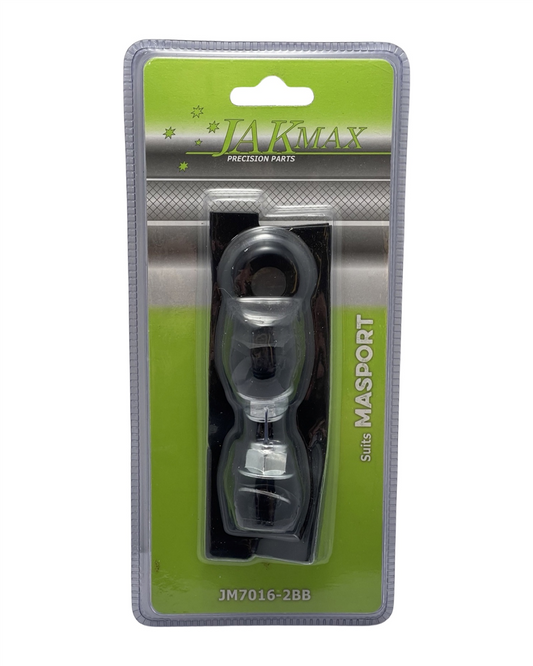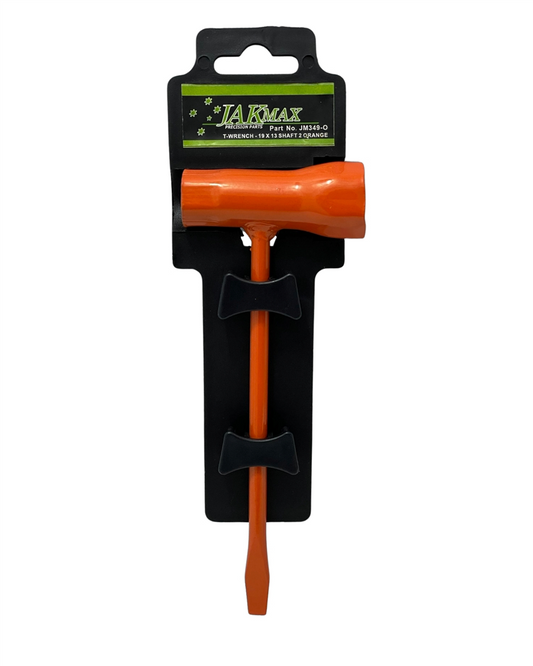The truth about growing kale: What makes it thrive
Share
The Secret to Thriving Kale: Simple Tips for a Lush, Leafy Harvest
There’s something deeply satisfying about growing your own greens, and kale is a superstar in any kitchen garden. It’s hardy, bursting with nutrients, and surprisingly easy to care for—if you know what makes it happy. If you’ve tried growing kale before and ended up with spindly, bitter leaves, don’t worry. A few simple tricks will have you harvesting crisp, flavourful greens in no time.
Pick the Perfect Spot
Kale loves sunlight. It needs at least six hours of direct light daily, so pick a spot with plenty of sunshine. That being said, it can also handle a bit of shade, especially in warmer months when the midday heat can be overwhelming.
Good soil is another must-have. Kale thrives in rich, well-draining soil with plenty of organic matter. If your soil is a bit lifeless, mixing in compost or aged manure will give your kale the nutrients it needs to flourish.
Start with Strong Soil
Healthy leaves start with healthy roots. Kale loves slightly acidic to neutral soil, so aim for a pH between 6.0 and 7.0. If you’re unsure about your soil’s condition, a simple test kit from a garden centre will give you the answers.
Boosting the soil with compost not only improves texture but also packs it full of nutrients. A good balance of nitrogen, phosphorus, and potassium will keep your plants growing strong. Blood and bone meal, fish emulsion, or an organic vegetable fertiliser work wonders.
Water Just Right
Kale needs consistent moisture, but soggy feet are its worst enemy. Water deeply a couple of times a week, allowing the soil to dry slightly between watering. If you're gardening in a particularly warm climate, mulching around the base of your plants helps retain moisture and keeps the roots cool.
Feed Your Kale Generously
This leafy wonder is a hungry plant. Regular feeding with a liquid seaweed solution or a balanced organic fertiliser every few weeks will help it grow lush and strong. If your leaves start looking pale, that’s a sign they need a nitrogen boost.
Keep Pests in Check
The biggest headache when growing kale? Sneaky nibblers like caterpillars, aphids, and whiteflies. But don’t worry—there are simple ways to keep them at bay.
- Companion planting: Growing kale alongside marigolds, garlic, or nasturtiums helps repel pests naturally.
- Netting: Fine insect netting keeps out cabbage moths and other flying pests.
- Neem oil spray: A mild neem solution works well for keeping aphids under control.
Check leaves often and pluck off any offenders before they take over.
Harvest Like a Pro
Patience is key. Kale tastes best when picked young and tender. Start harvesting outer leaves when they’re about the size of your hand, allowing the centre to keep producing new growth. Regular picking encourages the plant to keep giving.
If the weather turns cold, don’t rush to pull up your plants. A light frost actually makes kale sweeter, so let those leaves chill outdoors for a bit before harvesting.
Keep It Growing Longer
Unlike some veggies that have a single harvest, kale keeps going strong for months. With regular feeding and picking, some plants will last an entire season or more. Once they start getting tough or bitter, it’s time to replace them with fresh seedlings.
Whether adding it to smoothies, tossing it in a salad, or roasting crunchy kale chips, homegrown leaves always taste better. Give your garden a try, and you’ll never go back to store-bought.
Happy growing!
– Candeece
 Stay Connected
Stay Connected
Join our gardening community on Facebook the Urban Gardener's Notebook
And follow our Store Facebook Page: Strathalbyn H Hardware on Facebook









